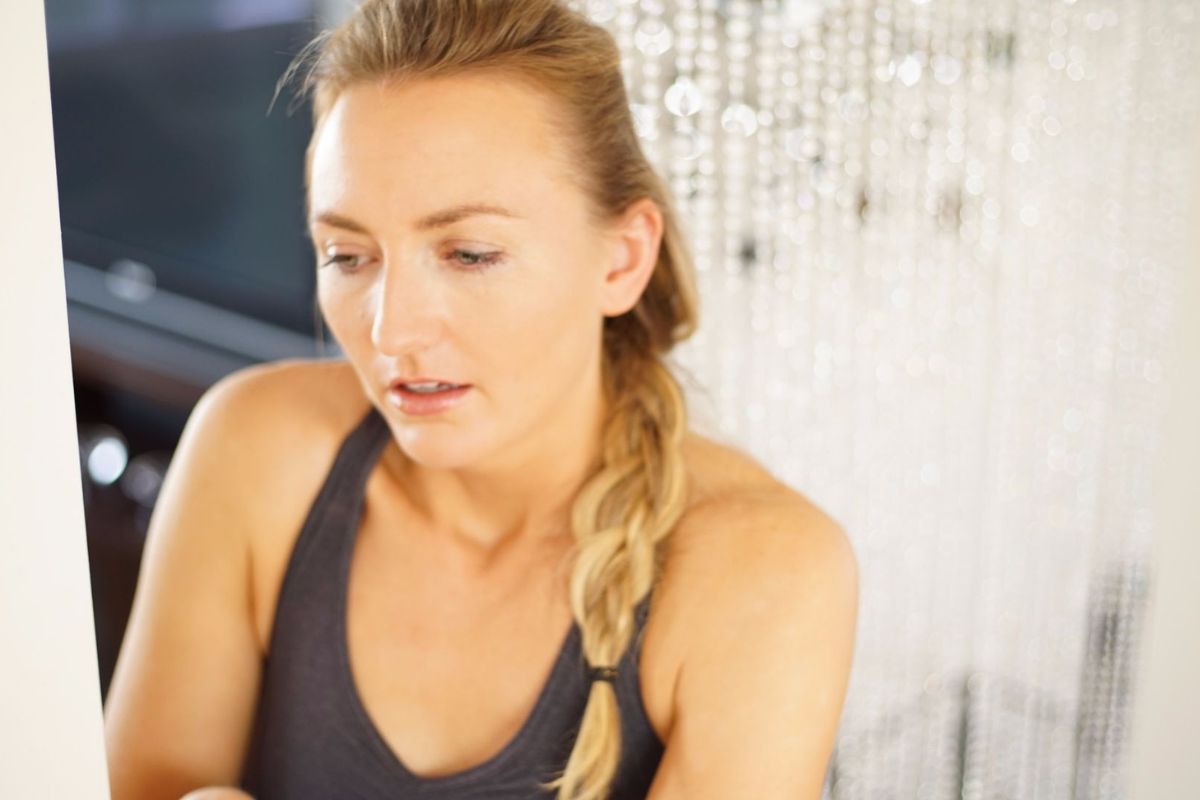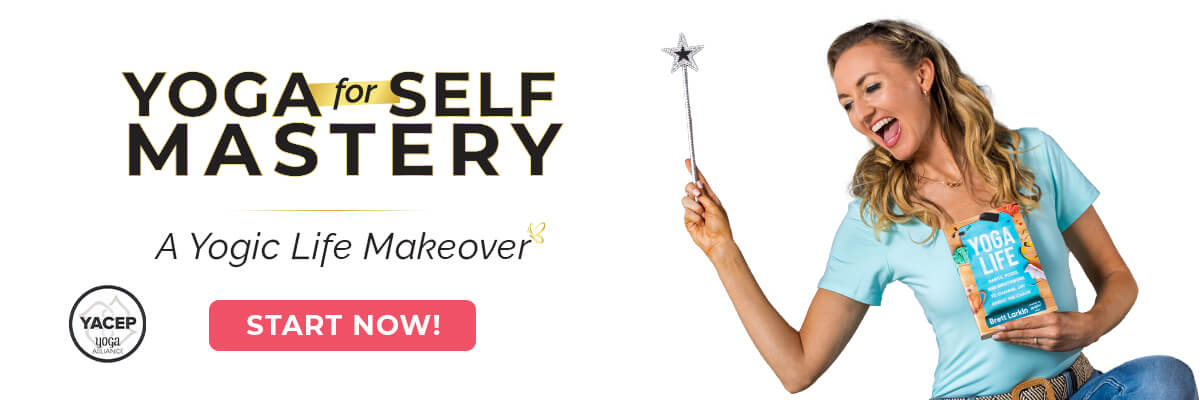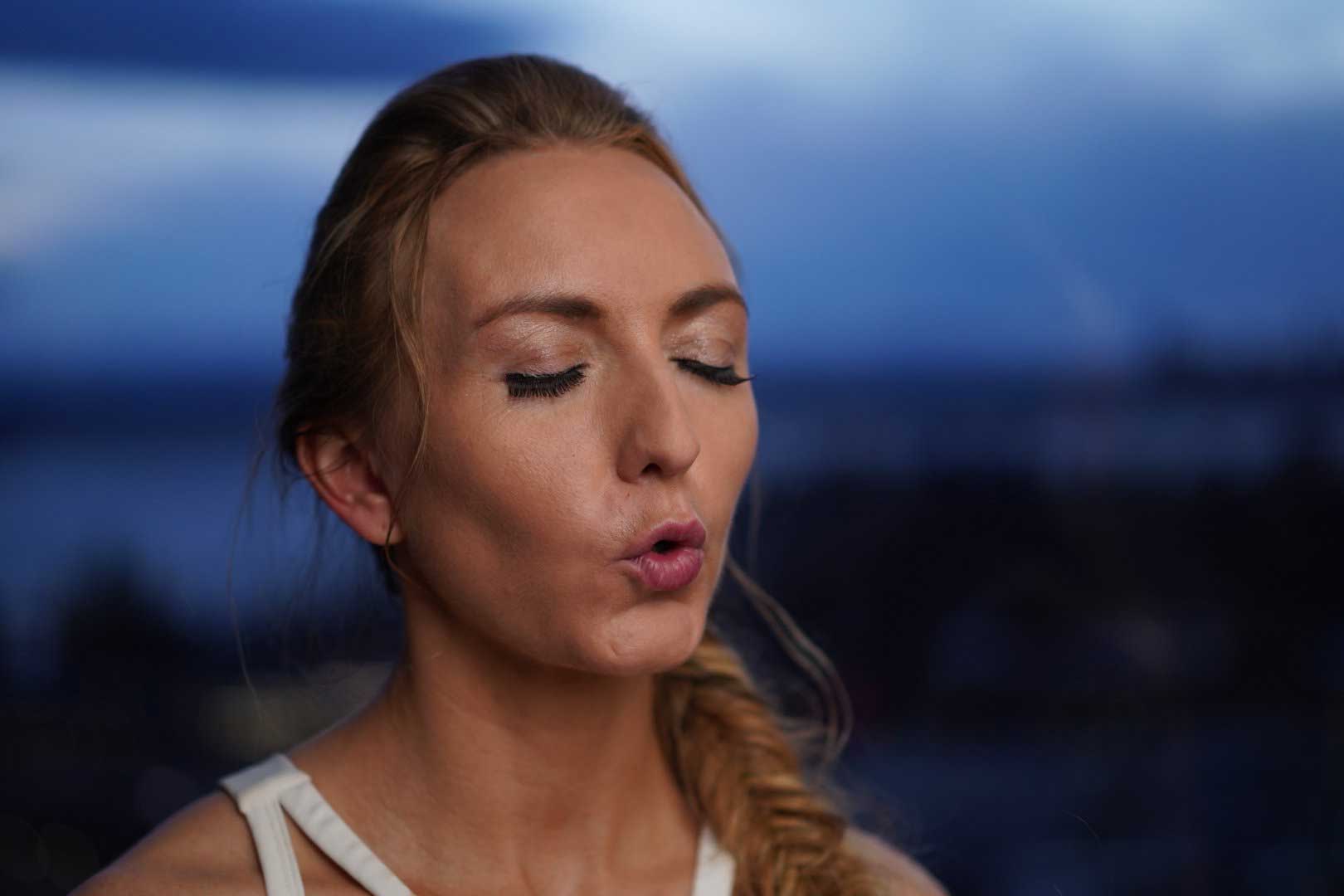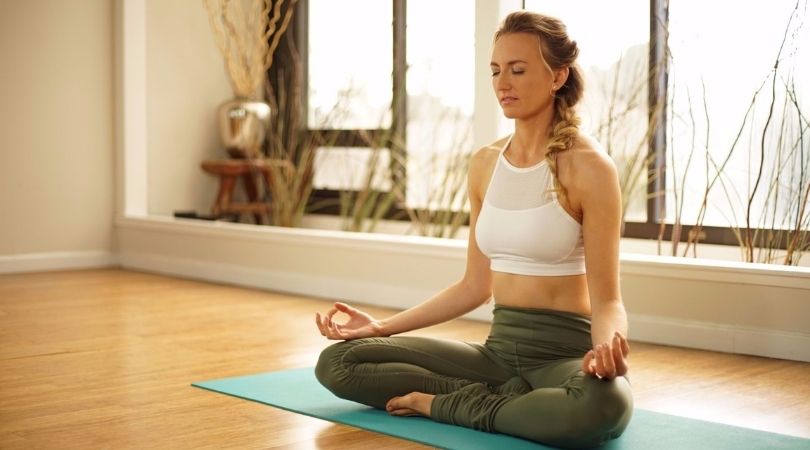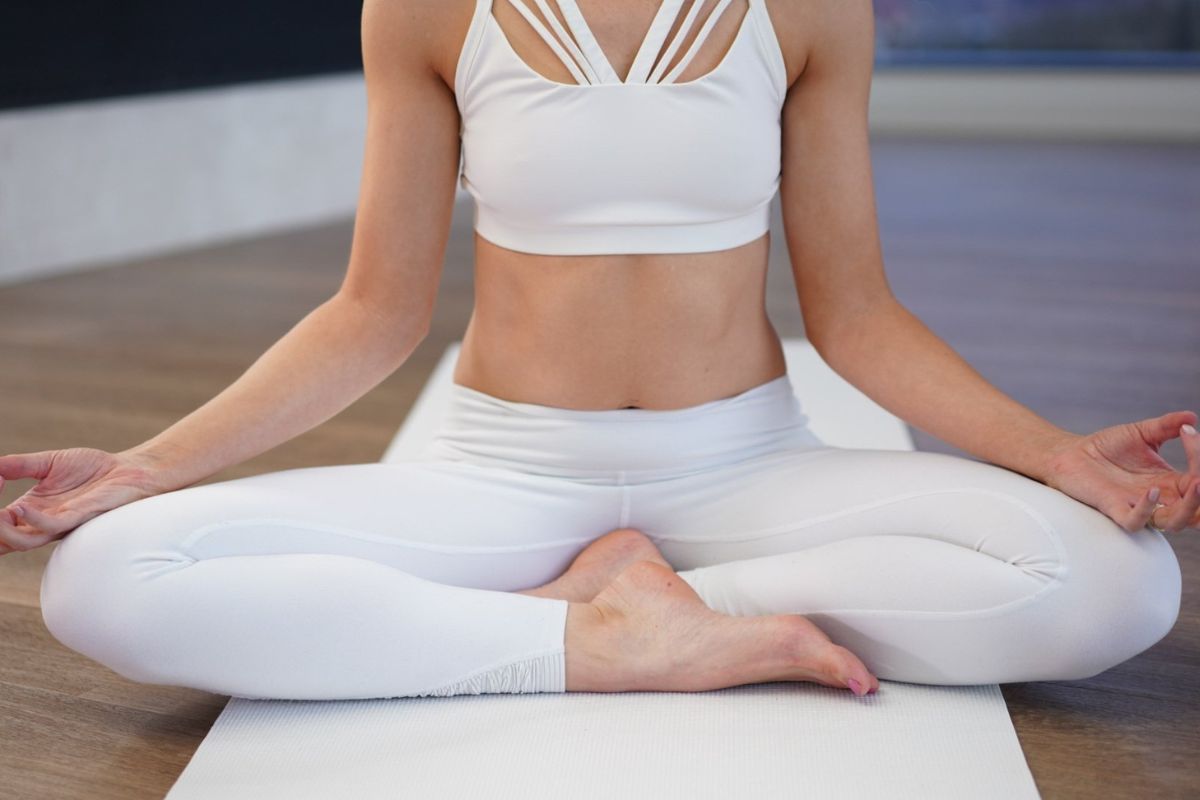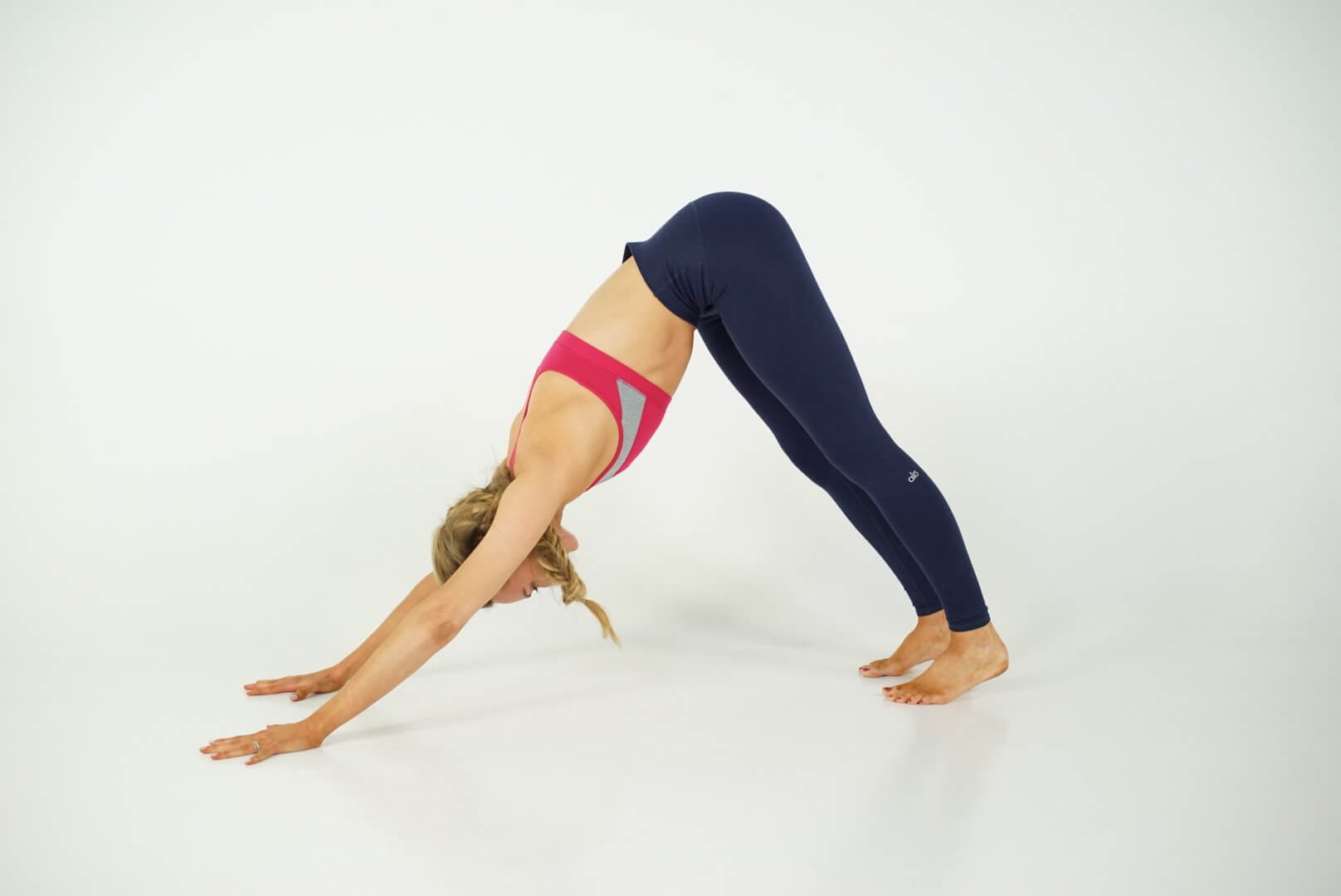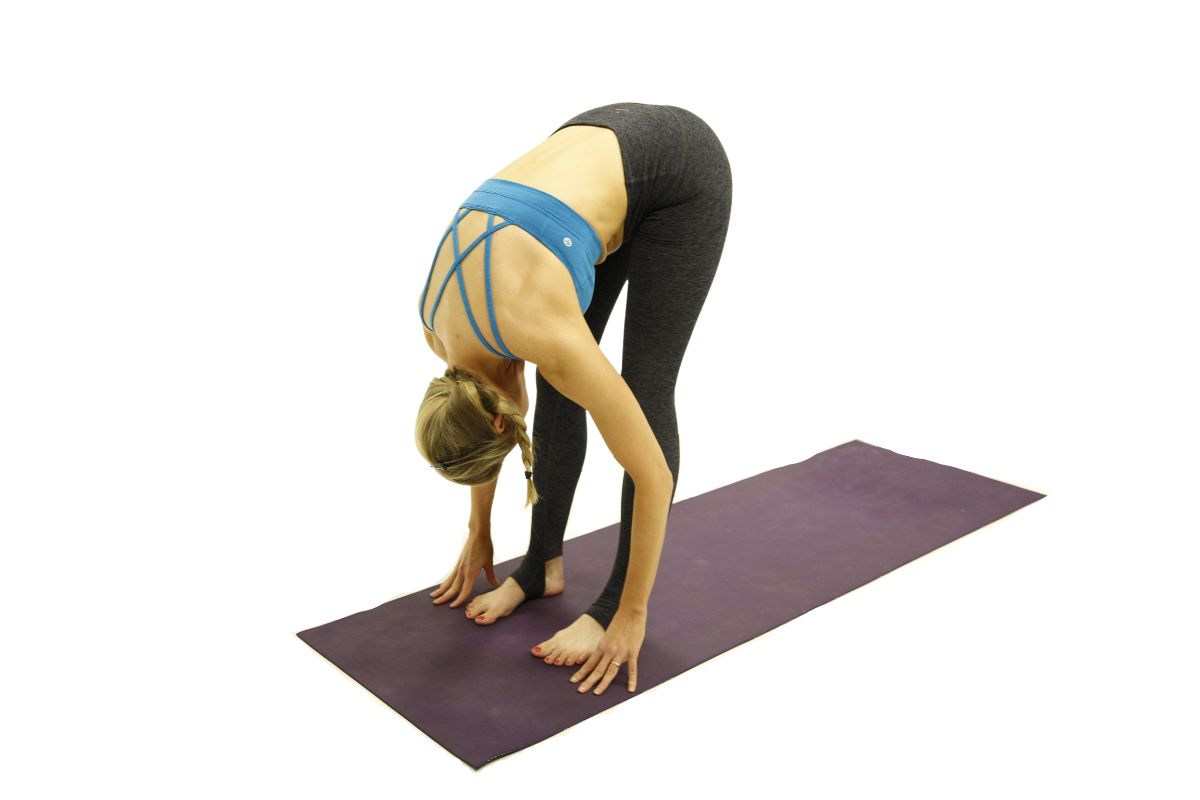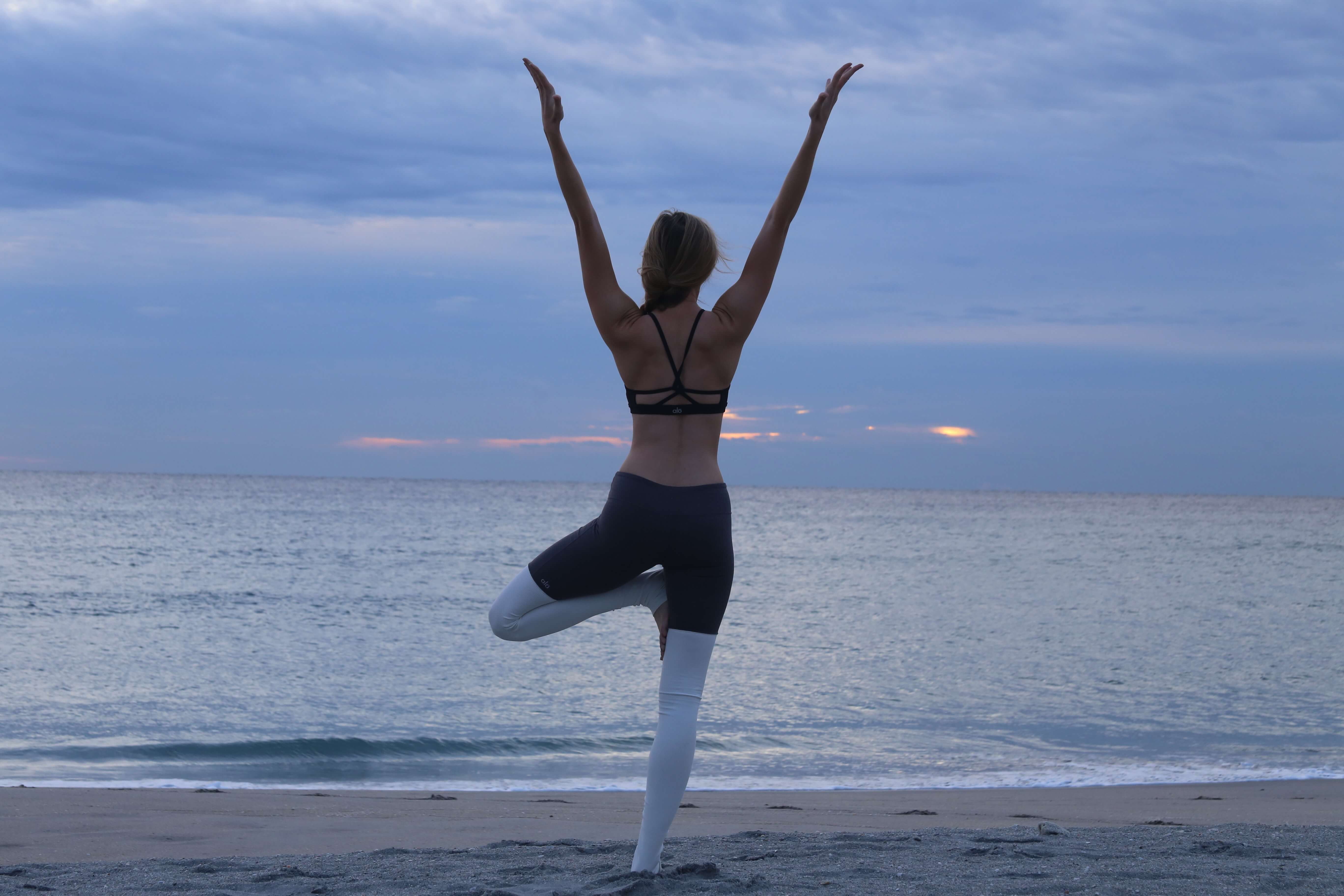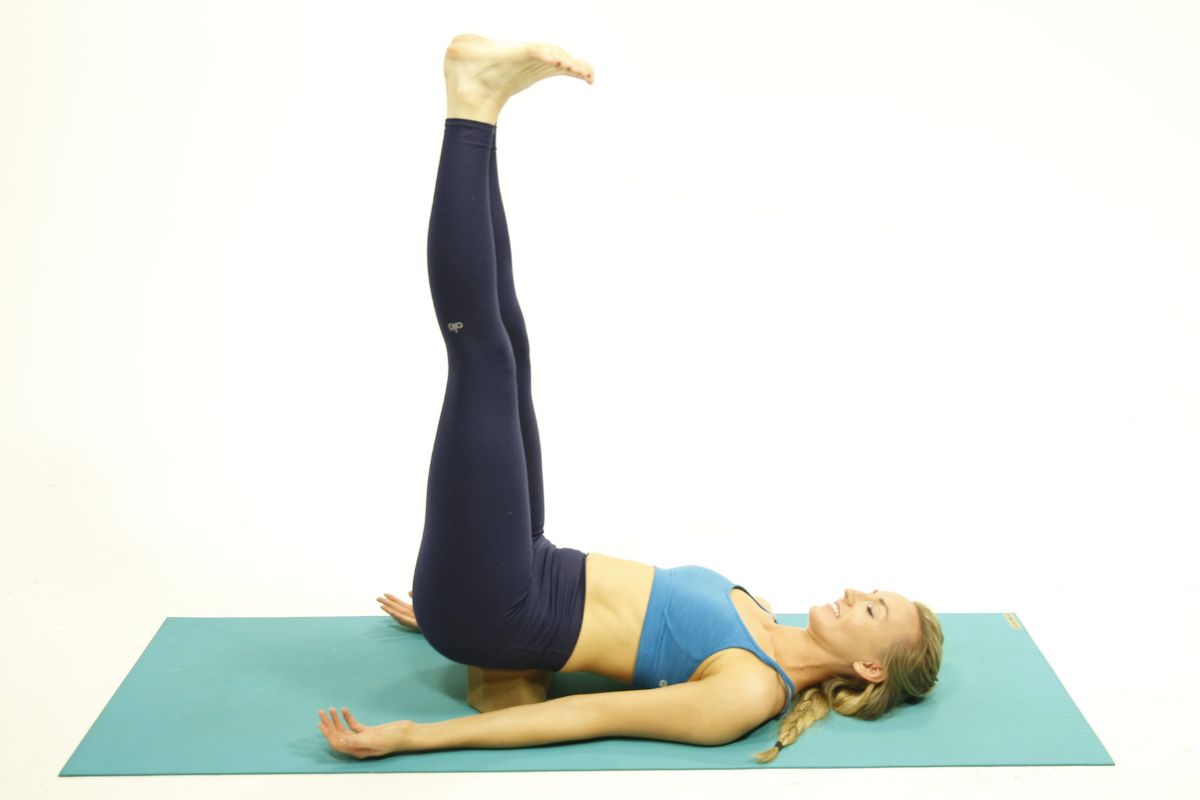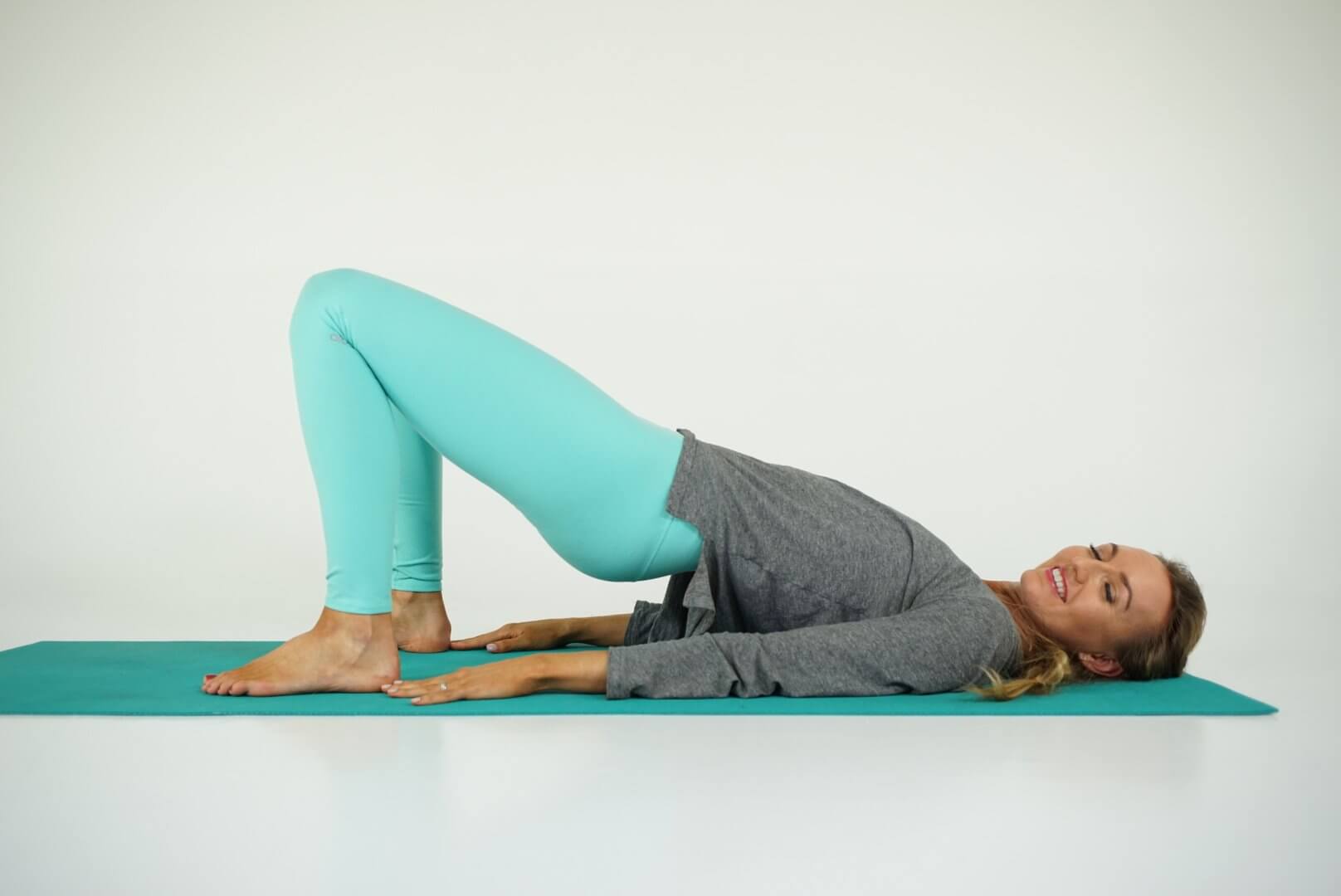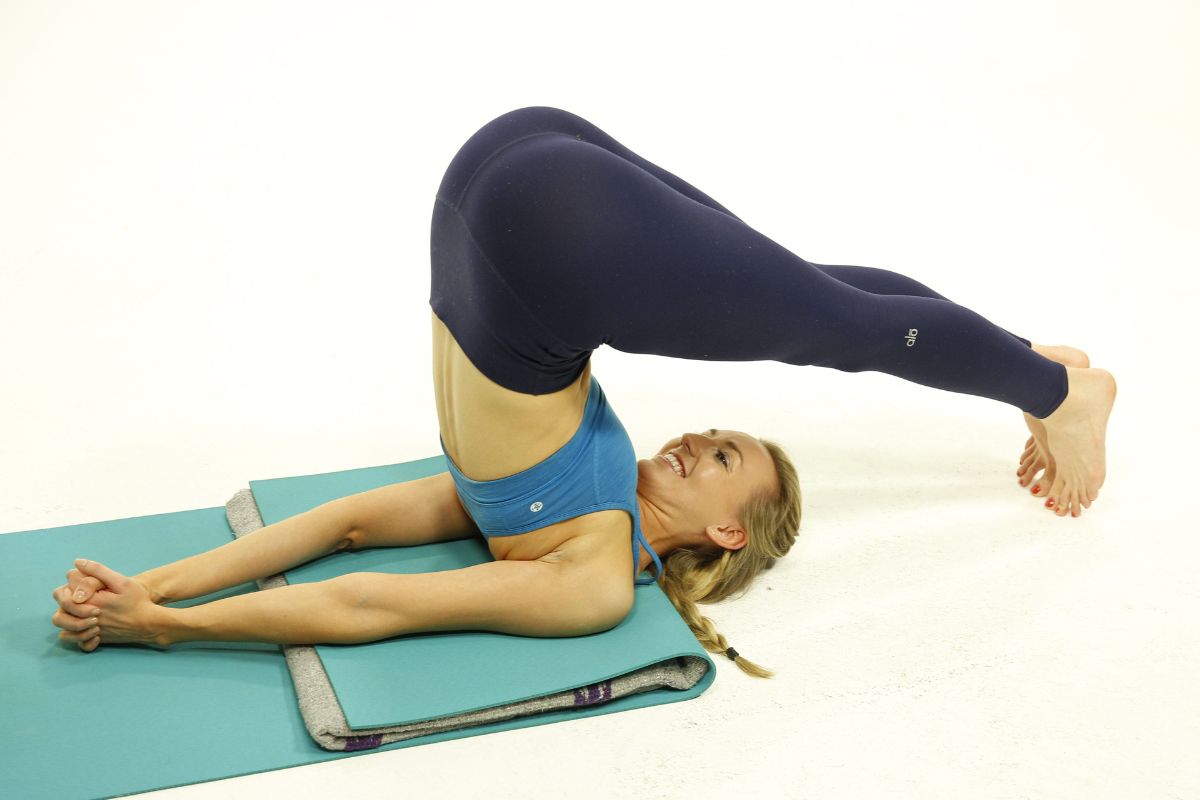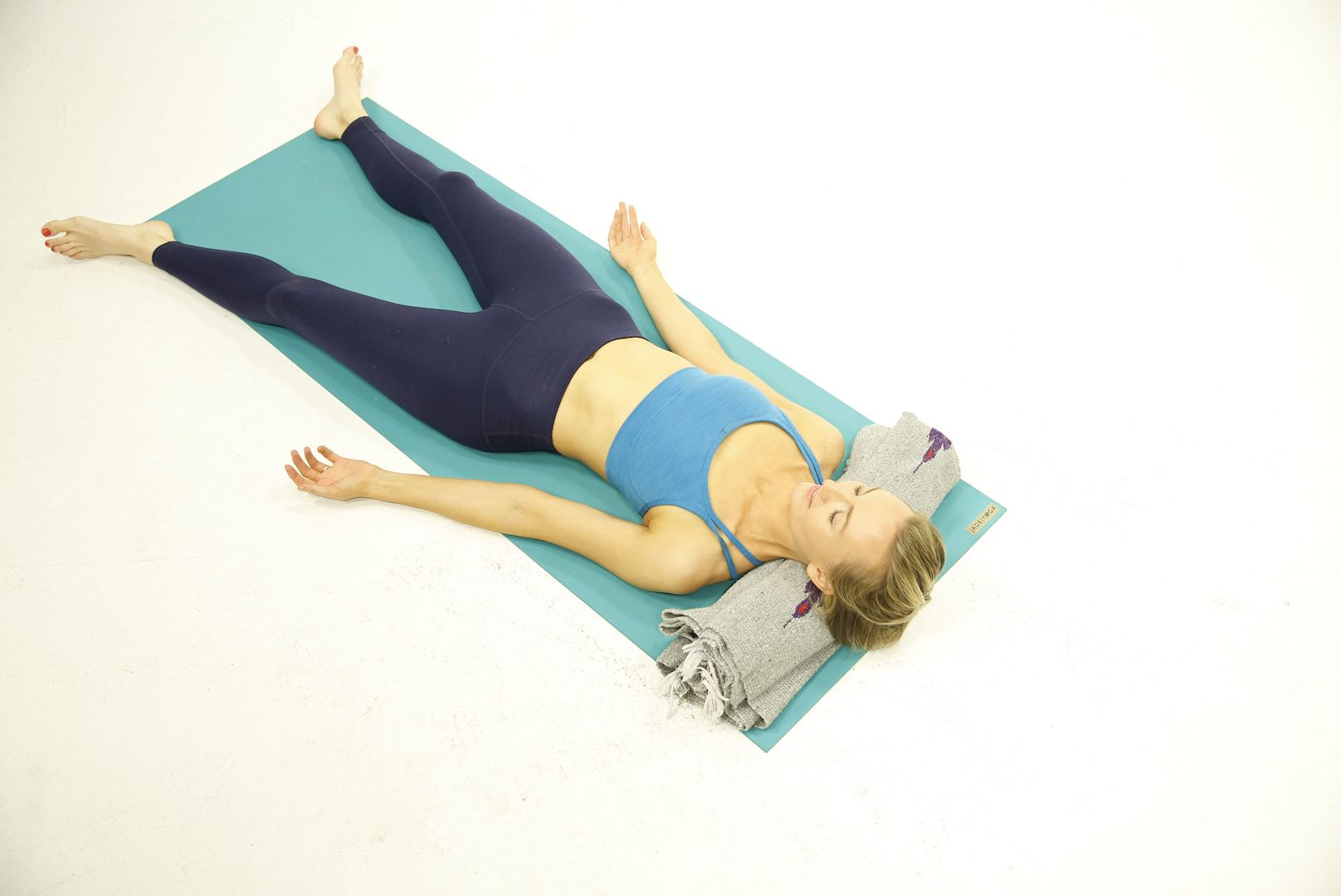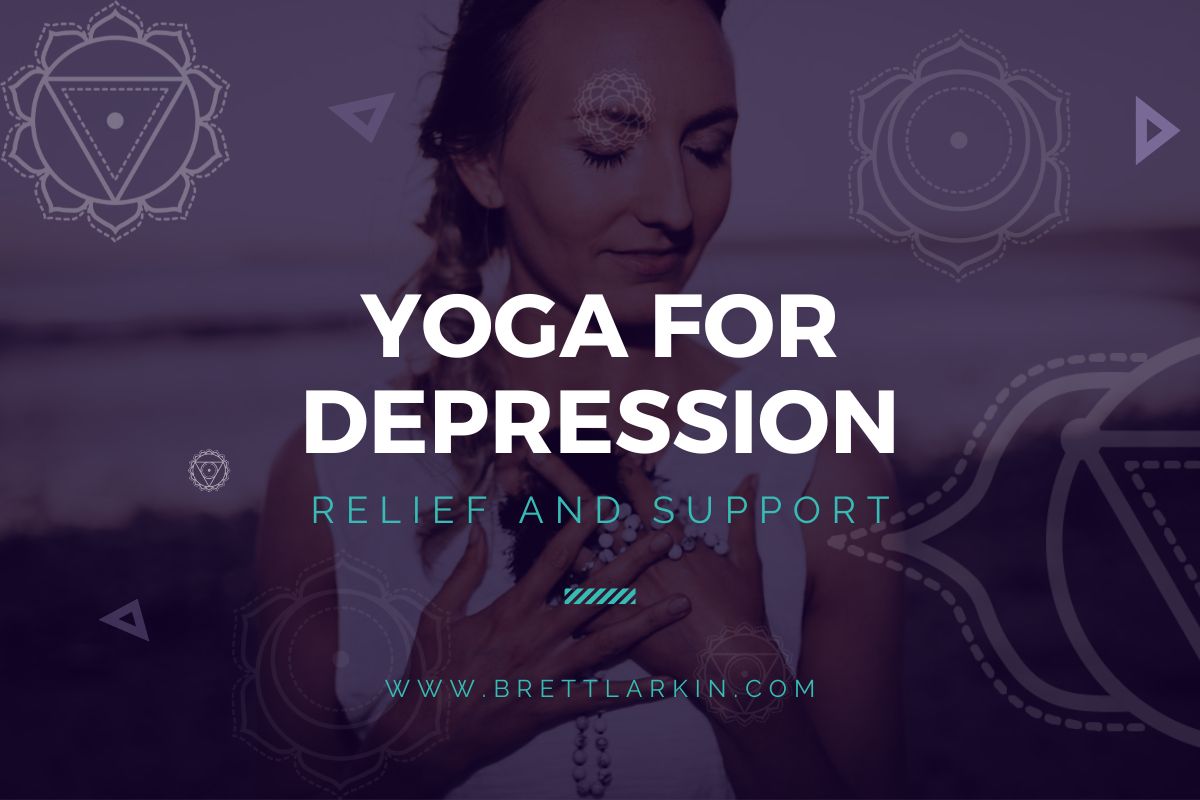
Mental health and mental illness is becoming a largely discussed topic these days in yoga classes. As someone who teaches yoga for personal transformation, I am here for it!
Your mental health is just as important as your physical health. I find yoga students and yoga instructors are not exempt from depression and anxiety disorders. Many are initially drawn to yoga for these exact reasons.
Did you know depression or depressive disorders are the most prevalent of psychiatric disorders? It is projected to be the leading cause of disability in the United States in the next 20 years! What’s even worse is that although we have medications to help with depression symptoms, only a third of people who take them will actually find relief. So what are we supposed to do?!
Yoga! Obviously!
Studies are showing the effects of yoga therapy to improve depression symptoms and mental health. The bottom line? Yoga therapy and different yoga techniques have now been proven to improve symptoms of major depression.
Perhaps you or a student you’re working with has one of the common mental disorders or depressive symptoms. You want to find relief or offer support. Here’s a quick guide to help you get started with some yoga therapy.
REMEMBER Always consult with your doctor before starting any new treatment plan.
Best Types of Yoga for Depression
- Hatha Yoga: Requires you to slow down and take several breaths in each pose. This style of moving more slowly allows you to create greater body awareness. You slow down enough to go inward and notice how you’re feeling. Just simple AWARENESS can help combat negative thoughts and depressive symptoms. Note: Most of the studies on yoga’s benefits as an alternative medicine in managing depression looked at Hatha Yoga specifically — and showed significant changes in levels of depression and anxiety.
- Pranayama: Another fantastic way to gain awareness of your emotions is through deep breathing or breathing exercises. Yoga poses are just a small part of yoga (check out my History of Yoga course to learn more). Pranayama loosely translates to “breath control.” Studies have shown that yogic breathing techniques can decrease stress, improve sleep quality, and increase mindfulness.
- Yoga Nidra: This guided meditation, also known as “yogic sleep,” is an easy place to start for someone dealing with depression or anxiety disorders. You lie down in savasana and are guided through a body scan. I highly recommend this method as it helps to relax your physical body and promotes mental clarity. Try this beginner yoga nidra yoga session you can do with me to see how you like this type of yoga intervention.
- Yoga Philosophy: I personally found digging into yogic philosophy especially helpful in addition to a practice of physical yoga asanas when I had depressive symptoms. I craved yoga sessions that would give me concrete tools, rooted in yogic wisdom, to help me cope with the challenges I faced in my life and relationships. If you want to leverage the same three yogic philosophical tools I did when overcoming major depression after my father’s death and birth of my sons, explore my Yoga for Self Mastery course for women.
Looking for some specific physical postures or yogic techniques to sequence in treating depression and anxiety disorders? I’ve got you covered.
Top Yoga Poses for Depression
1. Breathwork (Pranayama)
- Step 1: Come to an easy pose. Sit up tall. Prop yourself up on a cushion or sit against a wall to maintain a tall spine.
- Step 2: Place one hand on the belly, one hand on the chest. Slight dip in the chin and close your eyes.
- Step 3: Inhale into your belly, ribs and chest as much as possible, slight pause.
- Step 4: Exhale, let all these areas release completely. Repeat.
Variations: This is a simple full complete breath exercise but there are so many breathing techniques you can do. Check out some different breathing practices in this blog post: Calming Pranayama for Clarity, Focus, and Peace.
Benefits: Deep breathing is soothing and draws our attention inward. It allows us to slow down and clear our heads so that we can calm our systems, focus our attention, and slow or stop stress response. Depression can make it difficult to concentrate and doing breathwork forces us to concentrate on our breath. So not only does it relax the body but it alleviates that scattered feeling that depression sometimes gives us.
2. Meditation (Dhyana)
- Step 1: Come to an easy pose. Sit up tall. Prop yourself up on a cushion or sit against a wall to maintain a tall spine.
- Step 2: Place the hands on the knees or gently in the lap.. Slight dip in the chin and close your eyes.
- Step 3: Begin to focus on your breath. Any thoughts that arise acknowledge and then bring your focus back inward. This is a great point to incorporate a visualization or special breathing technique.
- Step 4: When ready, bring the tongue to the roof of your mouth and blink the eyes open.
Variations: If you are new to meditation I have a quick 5-minute video breaking it down for you here. There are so many different types of meditations to choose from to help with anything ranging from love and the divine to anxiety and depression. I encourage you to give it a try and look up different ones to find the one that suits you best.
Benefits: Meditation has so many benefits. It increases self awareness, reduces negative emotions and brings focus to the present moment. We can also do deep breathing in meditation to reduce stress response. All of which fight depression.
3. Seated Torso Circles (Sufi Grind)
- Step 1: Come to an easy seat, cross the legs, and place the palms of your hands on your knees.
- Step 2: Keep the sits bones stable and only move from the torso and spine.
- Step 3: Inhale as the belly comes forward moving clockwise, exhale as the navel pulls in, the spine rounds continuing the clockwise motion back to the front.
- Step 4: Continue to move the spine in these circles with the breath and after a few moments switch directions.
Variations: Sit on a blanket to make the position more comfortable. Make the circles as big or as small as long as they feel good in your body.
Benefits: Torso circles are great for releasing tension in the midsection of the body. They bring self awareness, ground us, and awaken our energy centers. This counteracts the lethargy that comes with depression and reduces pain in turn reducing depressive symptoms.
4. Downward Facing Dog (Adho Mukha Svanasana)
- Step 1: Start on hands and knees, curl your toes under, pressing the hands into the mat, send the hips up and back .
- Step 2: Feet hip width apart or wider, toes spread forward and heels yearn towards the mat Keep the spine long by bending the knees as much as needed.
- Step 3: Push through the hands as the upper arms externally rotate, let the head fall in line between the arms.
- Step 4: Come out by looking forward,, walk the feet to the hands, sweep the arms up as you inhale and let the arms come to your sides on the exhale.
Variations: Bend the knees deeply or take feet as wide as mat to make this more comfortable like a resting pose. Place wedges under hands to elevate wrists or place hands on blocks to modify for any wrist issues. You can also place a block under the head.
Benefits: Downdog stretches the backside of the body and creates space between vertebrae. It is a mild inversion lowering blood pressure and triggering the parasympathetic(rest and digest) nervous system leading to calmness in the body and mind to reduce stress and that calmness can help reduce symptoms of depression.
5. Standing Forward Fold (Uttanasana)
- Step 1: Begin in a standing position. Inhale as the arms sweep up overhead.
- Step 2: Exhale hinge at the hips as the arms float down to the floor
- Step 3: Let gravity have your head but not your shoulders. Stay here for several breaths.
- Step 4: When ready, inhale, bend the knees and sweep the arms up to standing. Exhale as the arms come down to your sides.
Variations: If the stretch in the back body is too intense you can create a more gentle stretch by bending the knees deeply or taking the feet a bit wider. Place the hands on blocks, clasp opposite elbows to hang, or use a chair or table to assist you by placing the hands on one and only coming halfway down.
Benefits: This yoga pose is another inversion increasing blood circulation, lowering blood pressure, helping to ease headaches and pain in the backside of the body. This yoga pose is helpful in managing pain, bringing our awareness inward and, being an inversion, induces relaxation making it a great addition in your yoga class to fight depression.
6. Tree Pose (Vrksasana)
- Step 1: From a standing position, shift your weight into one foot.
- Step 2: Find a focal point as you pull your core up and in and bring the opposite foot off of the ground either taking the sole to the shin or inside of the thigh(never the knee, ouch!).
- Step 3: Inhale as you bring the hands to prayer at the heart’s center.
- Step 4: Bring the foot of the bent leg back down and take a deep breath as you align your body back to standing.
Variations: Keep the toes of the bent leg on the ground for balance or use the support of a chair or wall to keep you steady. To make it more challenging take the hands overhead.
Benefits: Tree pose is one of those yoga asanas that really requires concentration. When in a pose that you really have to concentrate on it keeps your awareness to the present moment. This is also known as mindfulness and mindfulness can increase happiness and resilience.
7. Legs Up The Wall(Viparita Karani)
- Step 1: From the ground, bring the base of your seat to a wall.
- Step 2: Carefully lay the body back on your yoga mat and extend the legs up against the wall towards the ceiling. Breathe deeply.
- Step 3: Slowly bring your legs down from the wall, roll to the side and push yourself back to a seated position.
Variations: You can place a block or blanket under the hips to provide a gentler bend. You can do this pose in bed against your headboard or even against the back of your couch while watching TV!
Benefits: Legs up the wall also affects the nervous system and can instantly calm you, reducing anxiety and improving mood. It also improves blood flow and circulation.
8. Bridge Pose (Setu Bandha Sarvangasana)
- Step 1: Starting on your back, bring the soles of your feet to the mat hip width apart, ankles under knees. Keep your arms by your sides.
- Step 2: Breathe in as you squeeze through the glutes lifting the hips up. Scooch the shoulders together, interlacing the hands underneath you.
- Step 3: Exhale here and hold for several breaths. When you are ready to come out slowly release the hands and exhale as you send the hips back to the ground.
Variations: If you are just starting with this pose you can always press the palms into the floor alongside the body or place a block under the hips for extra support.
Benefits: Bridge pose gently stretches the front body and opens it also opening the breath which lets us breathe more deeply, calming the nervous system and inducing relaxation.
9. Plow Pose (Halasana)
- Step 1: Begin lying on your back, arms by your sides, palms down, fingertips pointing to the bottom of your yoga mat.
- Step 2: Inhale bring the legs up to 90 degrees so that soles of the feet are pointed to the ceiling
- Step 3: Exhale as you push into the arms, lifting the hips from the floor and slowly sending the feet over your head until the toes meet the ground behind your skull.
- Step 4: You can use the palms of your hands to support your low back or you can scooch the shoulders toward each other and interlace the hands together on the floor.
- Step 5: To come out, return the palms to the mat, keep the feet and legs together as you slowly roll back down one vertebrae at a time.
Variations: Protect the neck and cervical spine by placing a blanket under the shoulders. Or, if this pose is not accessible to you(which is totally fine btw!) take a bridge or legs up the wall to get similar benefits.
Benefits: Plow pose creates a deep stretch along the spine and the back of the legs and aids in digestion. Again, relieving these pains can help to relieve symptoms of depression as well. Not only that but plow is another inversion, meaning it definitely reduces stress levels and when we can reduce stress we can be more present and combat negative thinking(a common symptom of depression).
10. Corpse Pose (Savasana)
- Step 1: Lie down on your back. Feet as wide as the mat, arms by your sides. Wiggle any excess energy out and close your eyes. Just breathe as you relax and sink into the floor.
- Step 2: To release the pose take small movements in the hands and feet then the rest of the body.
Variations: Put a blanket or bolster under your knees to protect the low back. You can also cover the eyes or body to go deeper into the pose.
Benefits: Corpse pose calms the mind, deepening the breath, aiding in full body relaxation and stress reduction. It also aids in getting better quality sleep, which is great considering poor sleep is another possible symptom of depression.
Benefits of Practicing Yoga for Depression
One study did a systematic review of different trials of yoga therapy in different groups such as women with postpartum depression, persons diagnosed with major depression or anxiety disorders, people suffering from back pain or cancer, and age groups ranging from 18 years of age to 90. It’s purpose was to look at the efficacy of yoga based interventions as an alternative treatment or complementary treatment for depression and it found:
- Regardless of how long a group practiced yoga interventions, they showed improvement in depressive symptoms.
- Yoga practices were better than typical care or relaxation techniques in reducing depressive symptoms.
- Other systematic reviews of yoga for reducing depression also showed a positive correlation (meaning multiple studies show that if you practice yoga to improve clinical depression, it actually works!)
Basically, yoga can be just as effective as antidepressants and provide immediate relief to symptoms of depression, as well as long term relief. Another fantastic reason to start your yoga practice, continue your yoga practice, or consider becoming a yoga instructor as part of your own healing journey.
I have so many practices to help with improving mood, combating negative thoughts and healing. I’d be honored to go on your yoga journey with you. Let me join you in some amazing free classes!
Next Steps
- Check out my YouTube channel and find some yoga classes that you can try out for yourself!
- Download my Yoga Calendars for an at-home practice, guided by me on YouTube!
- Join Uplifted for exclusive content that you can access right from the app. Take a deep dive into your practice with me this year!
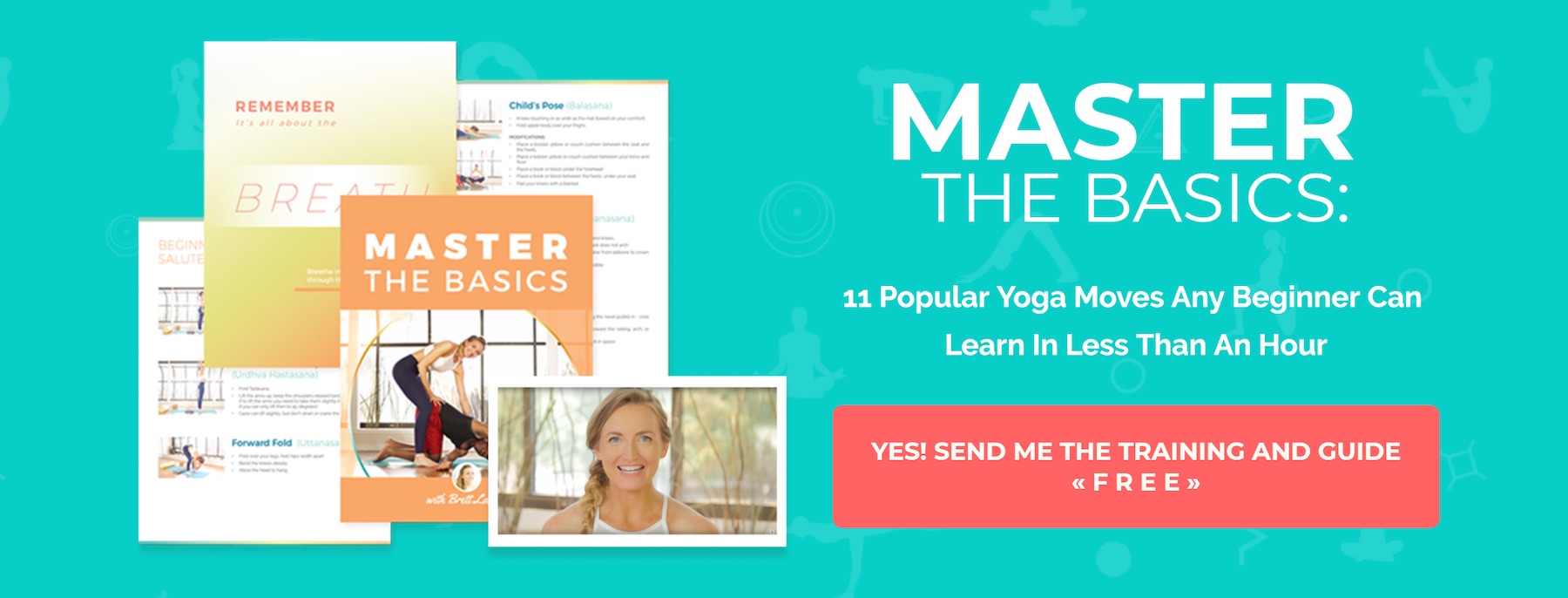
Learn how to do 11 of the most popular yoga poses correctly. Free video + PDF download.

Find more yoga sequences by benefit.
YOU MIGHT ALSO LIKE
- How to Teach Somatic Yoga: A Practical Guide for Instructors
- The Best Somatic Exercises for Grief: Find Healing Through Movement
- The Best Somatic Exercises for Anger Management and Emotional Release
- Authentic Pathways: Connecting With Higher Self for Inner Peace
- Yoga to Reconnect with Yourself: 5 Essential Practices for Inner Peace
- Yoga for Connection: 10 Poses to Deepen Relationships and Bonding
- Yoga To Connect With Your Body For Mind-Body Harmony
- Yoga to Connect with Feminine Energy: 5 Transformative Practices
- Yoga to Connect with Your Heart: 3 Poses for Emotional Balance
- Myofascial Release Yoga: Unlock Tension and Improve Flexibility
- 6 Hip Openers For Emotional Release
- Office Yoga: 10 Poses You Can Do Right Now
- Ayurveda Food Combining: The Key to Balanced Digestion
- Yoga For Grief: 8 Yoga Poses For Support
- Yoga for Vata Dosha: Practice Poses and Tips
Learn how to do 11 of the most popular yoga poses correctly. Free video + PDF download.


